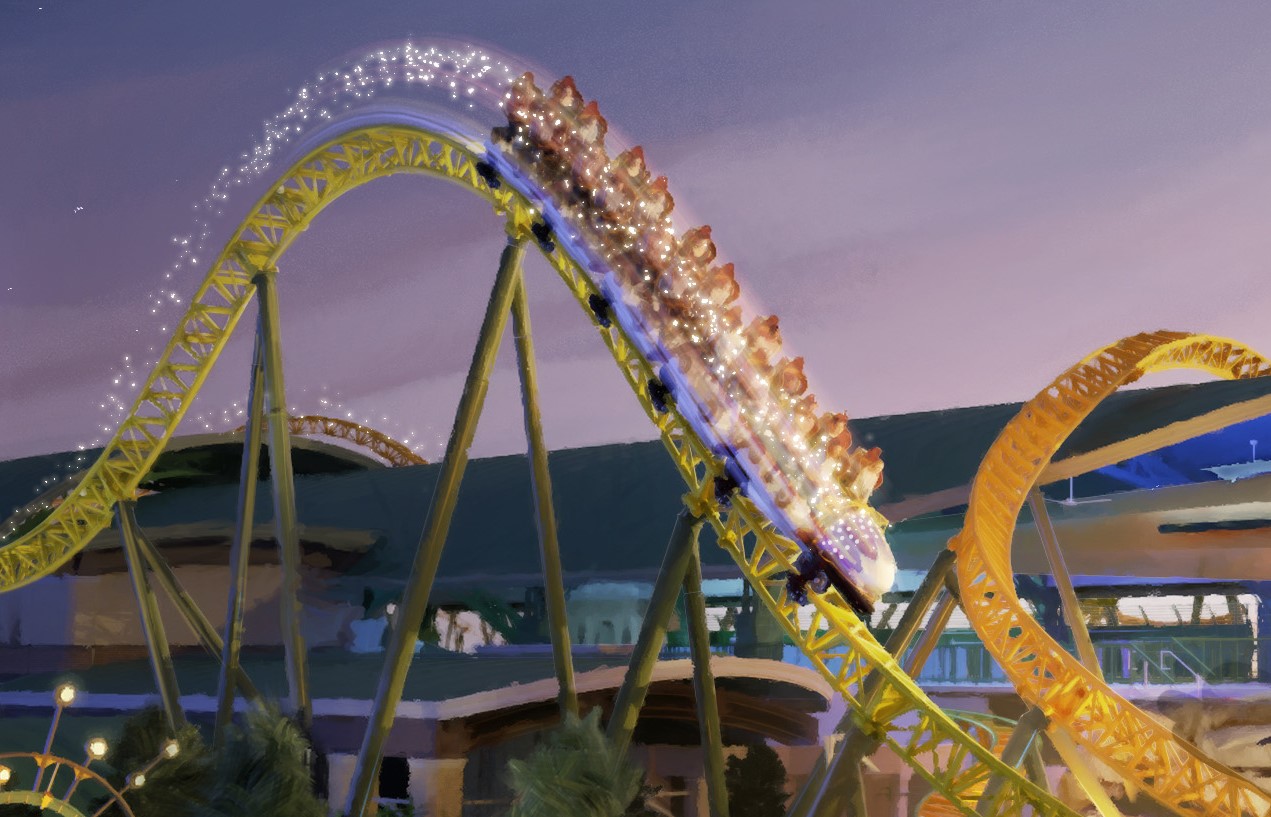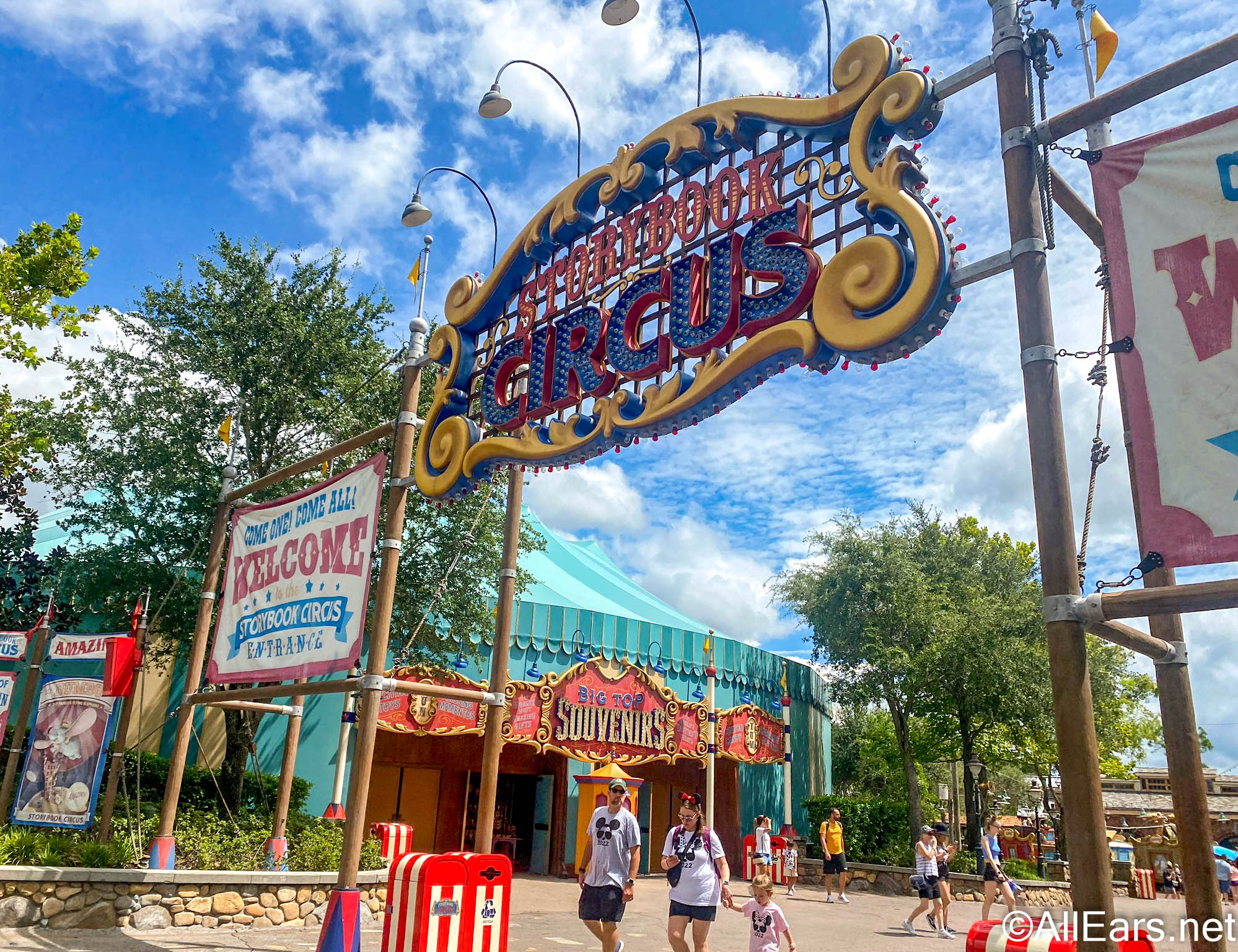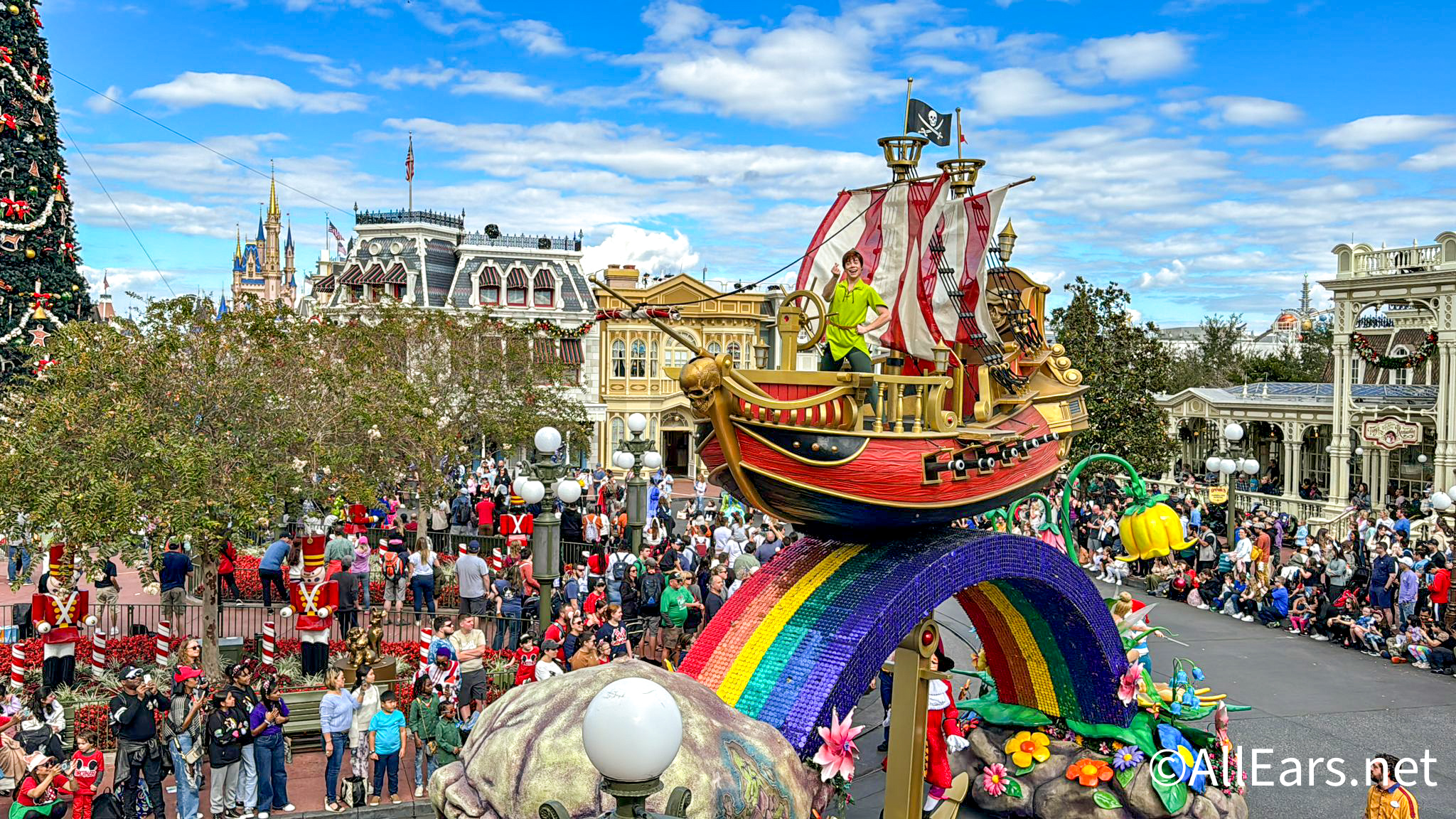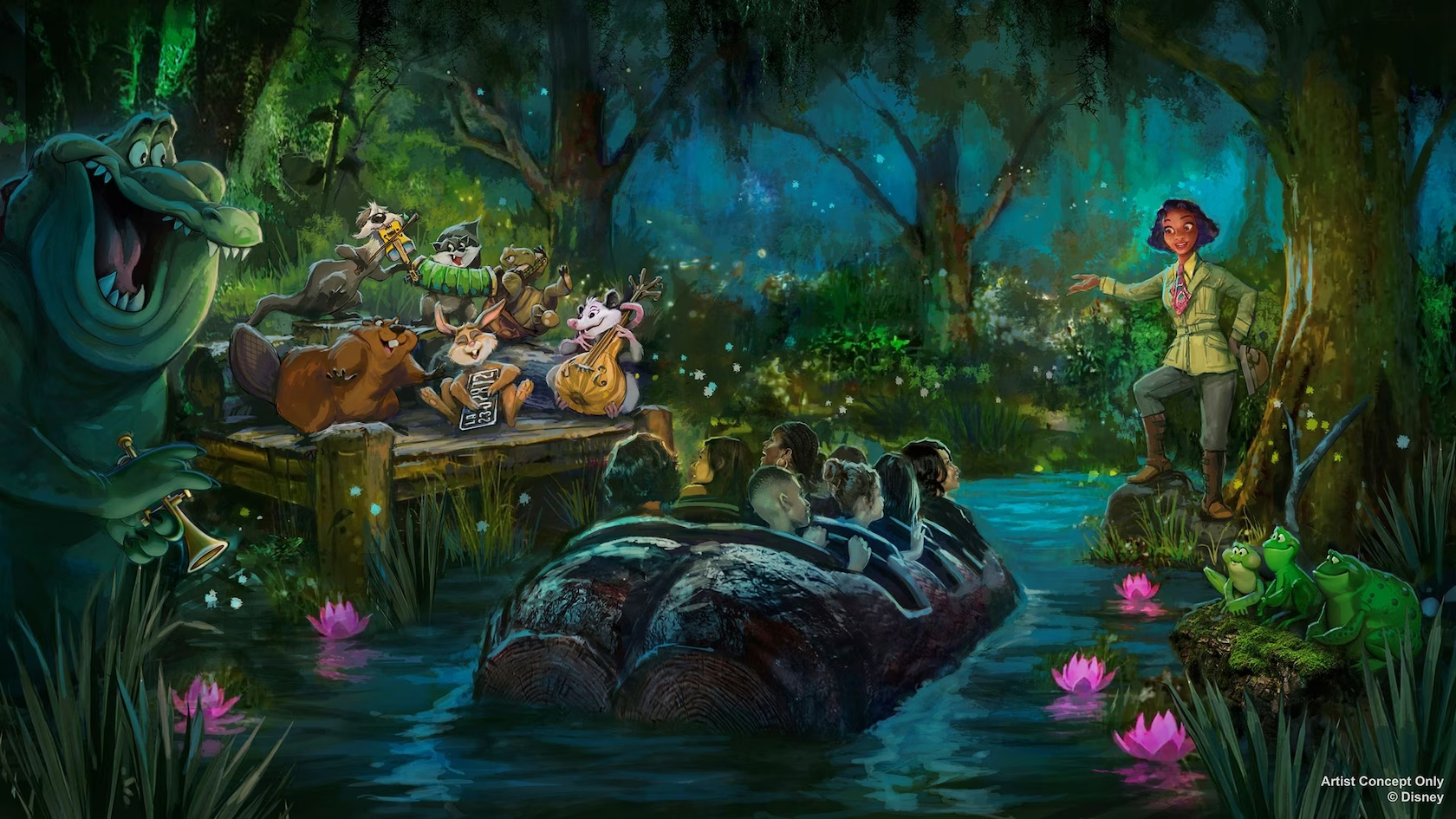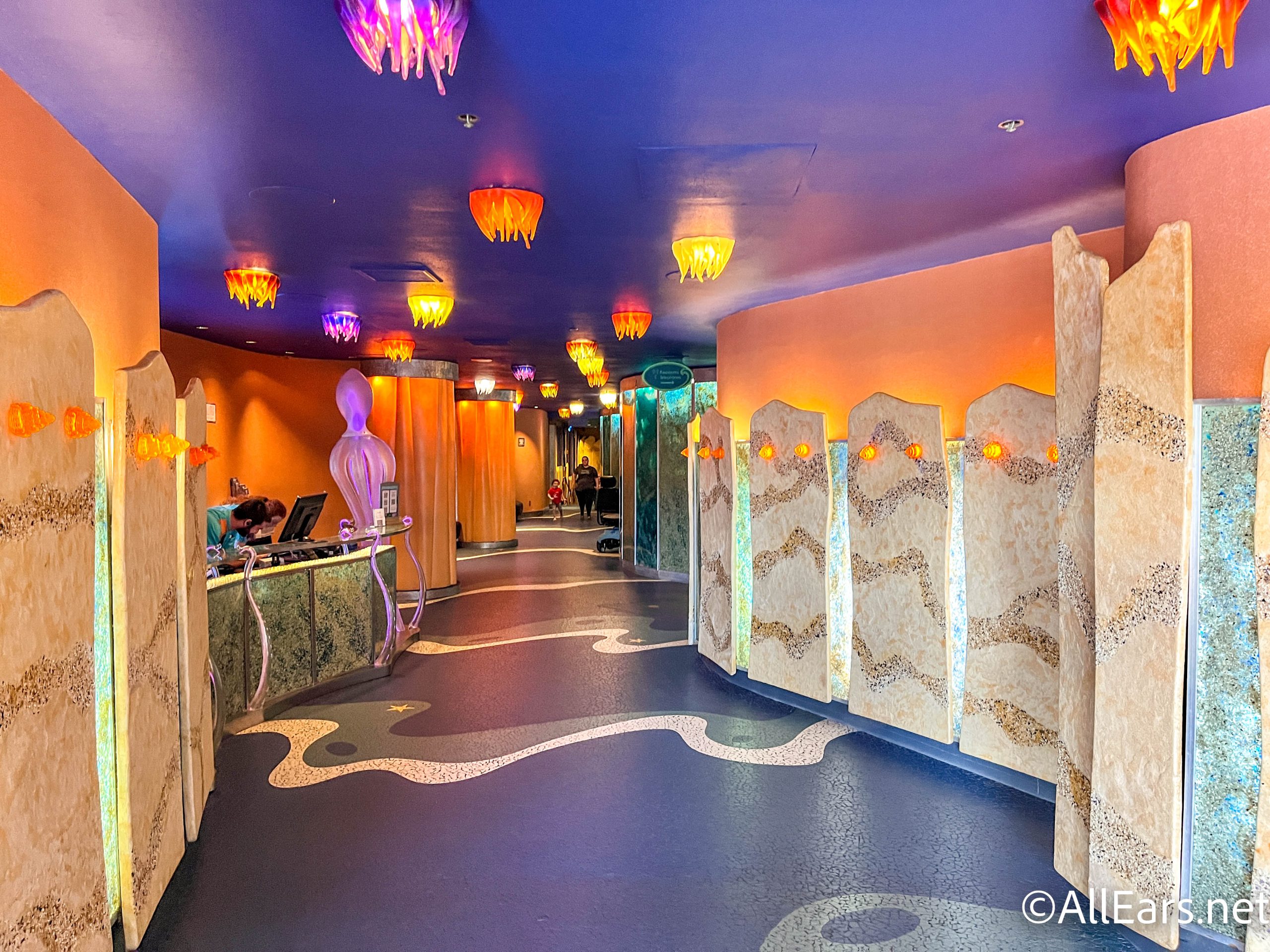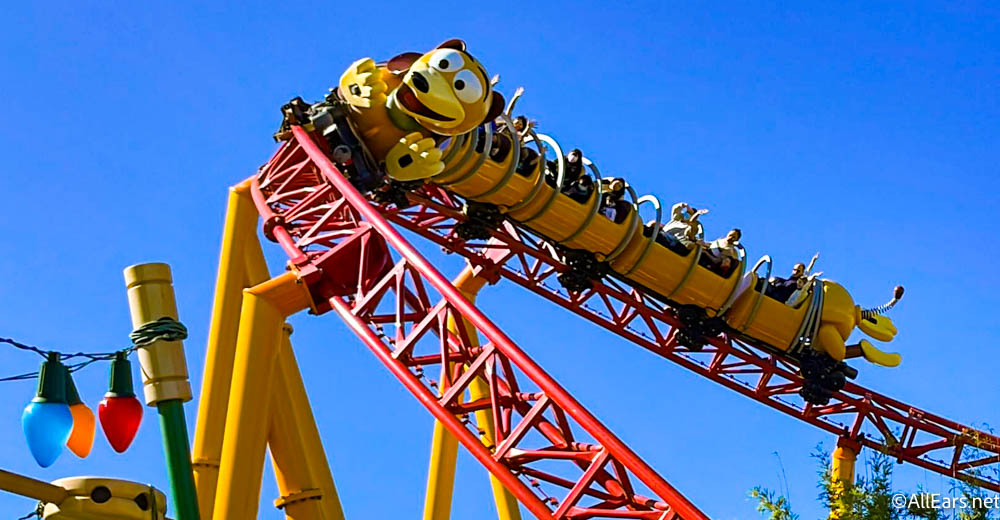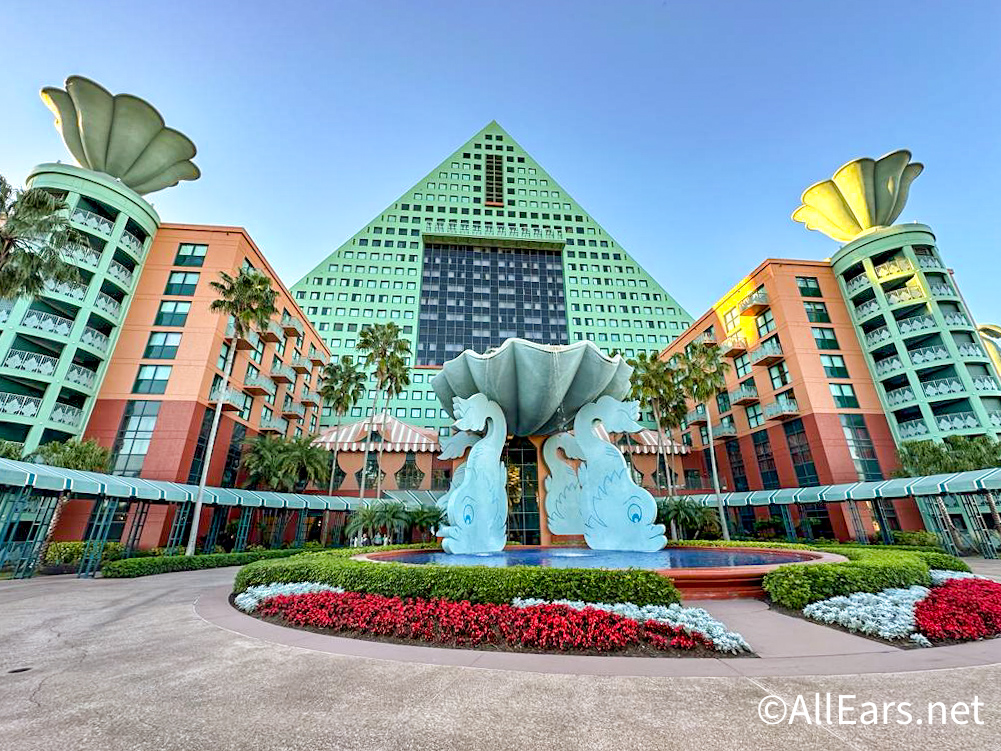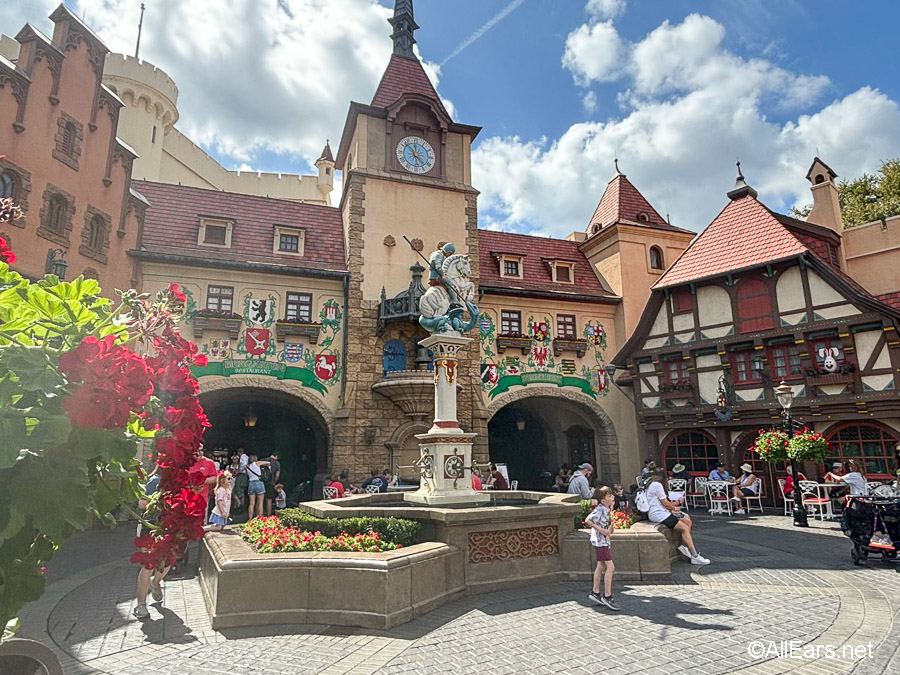The Oasis Animal Kingdom
DOTTI – since I intermingle photo stuff; feel free to add tips or thoughts.
It's your first, your 5th, or maybe you've lost count of how many trips you've made to Disney's Animal Kingdom. As you pass through the turn styles you are immediately caught up in all the activity — people getting strollers, lockers, grabbing maps and times guides, making quick stops at the rest room, and zeroing in on exactly how to get to that first attraction they want to see!
You obtain what you need for your day and then focused on what is behind this huge area of lush vegetation , where is the tree of life you've heard so much about….. and you footsteps quicken.
Perhaps a Cast Member, holding a see through case containing a small animal, spider (such as the Costa Rica Zebrane Tarantella), or snake will get your attention; but even if you stop, its just momentarily. Parents are just as anxious as their children to get to their first attraction, not realizing they are actually in the midst of the first attraction at Animal Kingdom, the Oasis. In fact, on a recent trip, I saw a youngster, about 10, stop at a viewing area and his father kept urging him to keep going…"There's nothing to see there". Oh, contrar…
With it's colorful lush vegetation and rays of sunshine filtering through the trees, the sound of water running down rocks, the Oasis is a peaceful transition into Animal Kingdom. Its 3 winding paths may intersect, but also go off on their own direction so be sure to explore this area carefully! I find this actually one of the most beautiful and peaceful areas in the park and have spent well over an hour on each of my last several visits to AK exploring the paths and viewing areas.
And while I admit, my first few visits to Animal Kingdom, I rush through to the Tree of Life, I"ve learned I missed a great deal by doing so and now spend a part of each trip taking my time as I walk through..
Here's a Part I of a tour of the Oasis.
First I have to talk a little about the vegetation. Disney's Animal Kingdom has plants from every continent on Earth except Antarctica and the most exotic plants and flowering trees are located in the Oasis. The careful planing and design by the Imagineers really sets the stage for for your transition from "the real world" to this new species of theme park. According to a pre-opening Disney Company press release, the first tree was planted onsite in December 1995. "…the overall plant numbers are astounding: 40,000 mature trees, 16,000 of them grown right at the Walt Disney World Tree Farm, including 850 species of trees (40 species of palm trees alone). There are 2,000 species of shrubs — 2.5 million in all — and 260 different types of grasses. And there are enormous collections, like the third largest cycad collection in all of North America — more than 3,000 of the ancient, fern-like plants." The plantlife can be quite colorful and include pink and red Bromeliads, yellow Burbidgea blooms, colorful Plumeria, delicate white, purple and yellow vines, and a variety of orchids. In fact, you could have quite a beautiful photo collection just of the plants!
Head back to those turn styles for a moment.. As you enter the park look straight ahead — in front of you are the African Spoonbill and Scarlet Ibis. These beautiful birds are striking in color — the bright scarlet color of the Ibis and the vibrant bright White of the Spoonbill, both contrasting against the lush green foliage. The African Spoonbill is a long legged bird (grows up to 36") that likes to wade in shallow waters. They are not born with the full spoonbill but rather a short beak that develops into the spoon shape with age. The African Spoonbill makes its home in Southern Africa. The Scarlet color on the Ibis becomes more intense as it gets older. Similar to the flamingos, their color is affected by pigments of the crustaceans they eat. Central and South America are home to the Scarlet Ibis, a very social creature that uses its long curved beak to probe for food in the muddy swaps. Photo Tip: Morning is a good time to capture the Ibis and Spoonbill, be aware of the shadows however, as they can take away from the vibrant coloring.
At this point you can take a path on the either the left or right and wind around over a dozen bird and animal viewing locations. You may be drawn to the sound of water because there are small waterfalls in the Oasis as well.
Heading left, your first encounter will be the Military Macaw, found in Central and South American. They have olive to emerald green bodies with a red forehead and a diet that consists mainly of fruits, berries and nuts. In researching this column I found differences in opinion as to how they obtained the name "military". One source said that military personnel brought the birds over to Europe, hence the name. Another said it was because their coloring resembles military uniform from the colonial times. The field guide to Disney's Animal Kingdom explains the name is from the macaw looking like an army sergeant in olive green. Photo Tip: Macaws are generally easy to photograph as they stay perched on a tree limb.
Next comes the Giant Anteater, a very solitary creature! While often sleeping, you can sometimes see the Anteater scurrying around near the back of the area under the dense green leaves. Found in Central and South America, the giant anteater can grow to 9 feet from head to tail. Their tongue is as long as 24 inches and can be retracted up to 160 times per minute! Though their eyesight is very bad and they have no teeth, they make up for it with their sense of smell, hearing and their clawed hand! The hand can open a termite mound in one swipe and has been known to eat as many as 30,000 termites in one day. Photo Tip: The Anteater is hard to photograph as it is often partially hidden from view. Most times you really have to look to find the anteater.
To the right of the Ibis and Spoonbill are the Patagonian Cavy as well as the Mandarin and Lesser Whistling Ducks. The Cavies are long legged rodents found native to South America. They eat a variety of grasses and herbs and can run 28mph and leap more than 6 feet. They are active during the day and love to bask in the sun. Photo Tip: You're likely to find the Cavy enjoying the Florida sunshine and fairly easy to get a photo!
The Mandarin Duck is a brilliantly colored duck. Sporting a dark red beak, orange gold wings, with small tuffs of blue and chestnut, this Asian duck is monogamous and highly regarding as a symbol of marital fidelity by the Japanese and Chinese. The eat at dusk and dawn. The Lesser Whistling Duck is native to Southeast Asia and India and eats mostly water plants, insects and aquatic invertebrates. They are also known to dive underwater for food. Photo Tip: These ducks moves about quickly as they dive in and out of the water, so be sure to have a quick shutter speed (or high speed film) to capture them.
These two paths connect and you'll find several viewing spots along the horizontal path. Let's start with the Rhinoceros Iguana, named because of the horned like scales on it's face and the end of it's snout looks like a rhino's horn. With the scales running along their back, they actually look like mini dinosaurs! Their diet consists of insects, plants and other invertebrates. Their grey and green colors provide great camouflage in the woods. Their home is the Dominican Republic and Caribbean. You can find the Animal Kingdom pair often basking on a rock. Photo Tip: The Rhinoceros Iguana's sedentary behavior makes themgreat to photograph!
The Bufflehead, Indian Spotbill and Rosybill Pochard ducks are in this area too. The Bufflehead are actually the smallest diving duck in North America. You can generally tell the male from the female, as the male has a huge white patch on his cheek. The name Bufflehead is because of their large head (and were once referred to as Buffalohead). They are found in Northwestern North America but do migrate south in the winter. Texas is a favorite migrating spot! Photo Tip: Males are difficult to photograph because they attract the female by showing off their diving skills, bobbing in and out of the water.
The Indian Spotbill have orange and yellow markings on their bill. They are fairly sedentary and feed on aquatic insects, worms and vegetation. The are found, as the name implies, in India. The Rosybill Pochard is easy to identify with their red colored nose and bill. This color intensifies during breeding season. They are found in the swamps and marshes of South America.
That's it for now. Remember that animal and bird watching often require patience and quiet. Stop to enjoy the fragrance of the plant life and the beauty of the species that live in the Animal Kingdom's Oasis.
We'll be covering the remainder of the Oasis animals and ducks in a future issue of All Ears®, so be sure and look for it!




